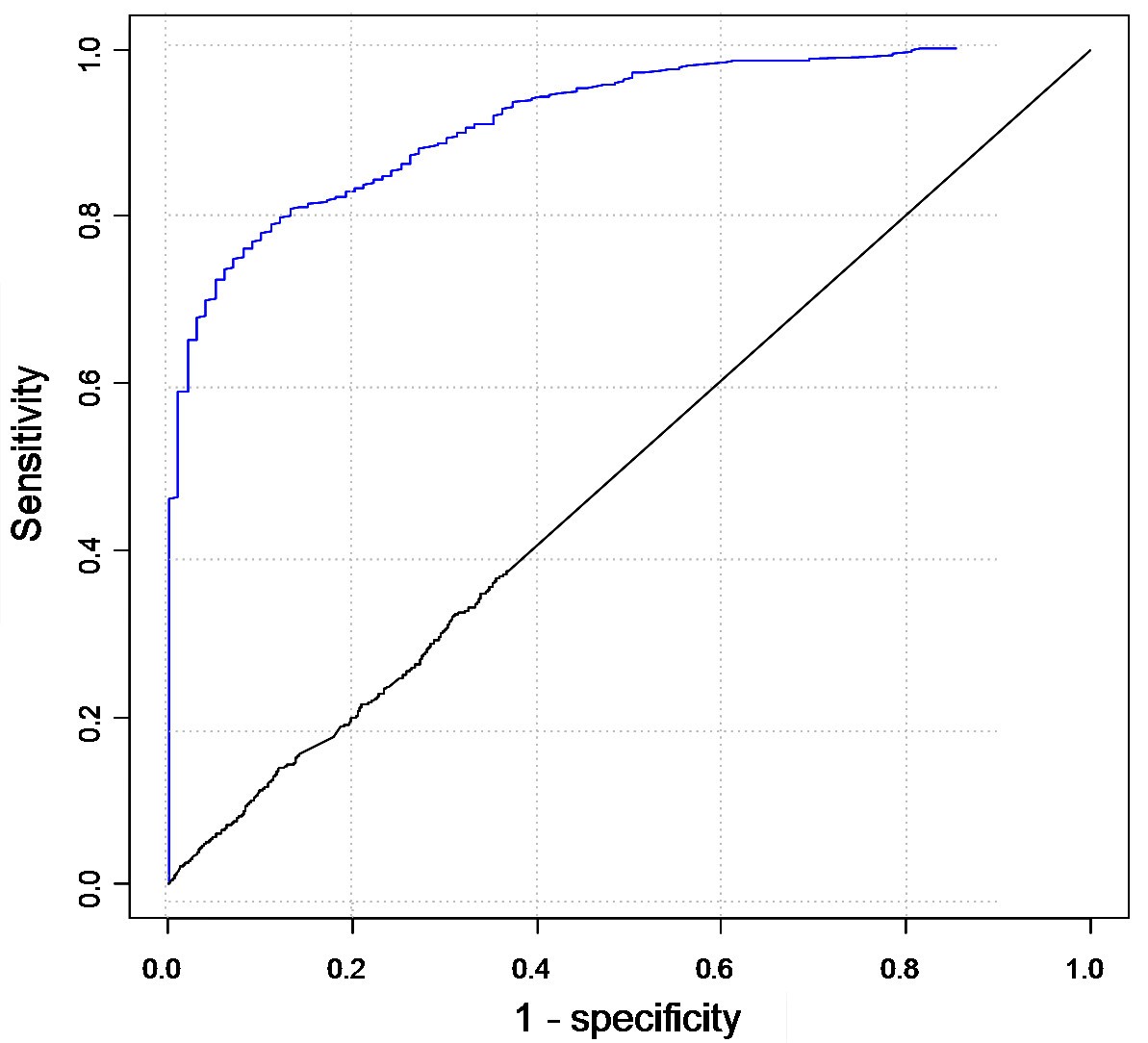
Manual Testing is a type of software testing where Testers manually execute test cases without using any automation tools. Manual testing is the most of primitive of all testing types. Manual Testing helps find bugs in the software system.

I am glad to share “Manual Testing Help” eBook prepared by one of our readers. The content of this eBook is very useful to understand manual testing concepts, testing methodologies and preparing for software testing interviews. Here are some of the topics covered in this book: • Fundamentals of software testing • When defects gets introduced in SDLC?
• Why does software have defects? • What is Verification? • What is Validation? Management concept and organizational behavior in hindi. • Software Testing Techniques • • Static Testing • White Box Testing • Black Box Testing • Gray Box Testing • Objectives of Testing • Software Testing Principles • Reviews • Types of Reviews • UI / GUI Testing • Test Planning • Test Plan and Test Plan Template • SRS/FRS template • Test Scenario • Example Test Scenarios • Test Case • What is a good test case? • Test case design techniques • Requirement Traceability Matrix (RTM) • Defect Reporting • • Software Configuration Tools.
What is Manual testing? Manual Testing is a type of Software Testing where Testers manually execute test cases without using any automation tools. Manual Testing is the most primitive of all testing types and helps find bugs in the software system. Any new application must be manually tested before its testing can be automated. Manual Testing requires more effort but is necessary to check automation feasibility.
Manual Testing does not require knowledge of any testing tool. One of the Software Testing Fundamental is ' 100% Automation is not possible'. This makes Manual Testing imperative. Please be patient. The Video will load in some time.
There have been a few technical race driving books published by F1 drivers over the years, including Jackie Stewart’s ‘ Principles of Performance Driving‘, Alain Prost’s ‘ Competition Driving‘ and Niki Lauda’s ‘“; however they all somehow pale into comparison with the comprehensive words of Ayrton Senna’s ‘ Principles of Race Driving‘ which was first published in 1993. Ayrton senna principles of race driving pdf to excel. This book is now one of the rarer Senna books in circulation, with the hardcover version being more valuable, although the softcover version is identical in content.
If you still face issue viewing video click Goal of Manual Testing The key concept of manual testing is to ensure that the application is error free and it is working in conformance to the specified functional requirements. Test Suites or cases, are designed during the testing phase and should have 100% test coverage. It also makes sure that reported defects are fixed by developers and re-testing has been performed by testers on the fixed defects. Basically, this testing checks the quality of the system and delivers bug-free product to the customer. Types of Manual Testing: Below given diagram depicts Manual Testing Types. In fact, any type of software testing type can be executed both manually as well using an automation tool. • Black Box Testing • White Box Testing • Unit Testing • System Testing • Integration Testing • Acceptance Testing How to perform Manual Testing • Read and understand the software project documentation/guides.
Also, study the Application Under Test (AUT) if available. • Draft Test cases that cover all the requirements mentioned in the documentation. • Review and baseline the test cases with Team Lead, Client (as applicable) • Execute the test cases on the AUT • Report bugs. • Once bugs are fixed, again execute the failing test cases to verify they pass.
Myths of Manual Testing Following are few common myths and facts related to testing: Myth: Anyone can do manual testing Fact: Testing requires many skill sets Myth: Testing ensures 100%free product Fact: Testing attempts to find as many defects as possible. Identifying all possible defects is impossible. Myth: Automated testing is more powerful than manual testing Fact: 100% test automation cannot be done. Manual Testing is also essential. Myth: Testing is easy Fact: Testing can be extremely challenging. Testing an application for possible use cases with minimum test cases requires high analytical skills.